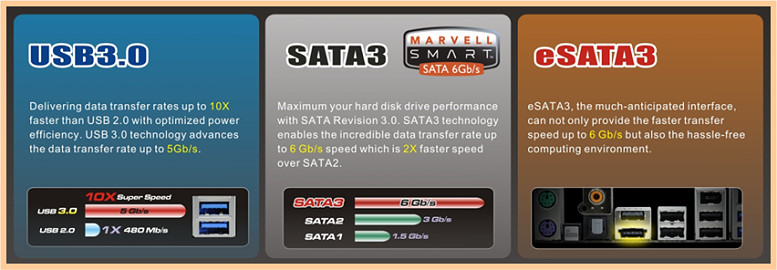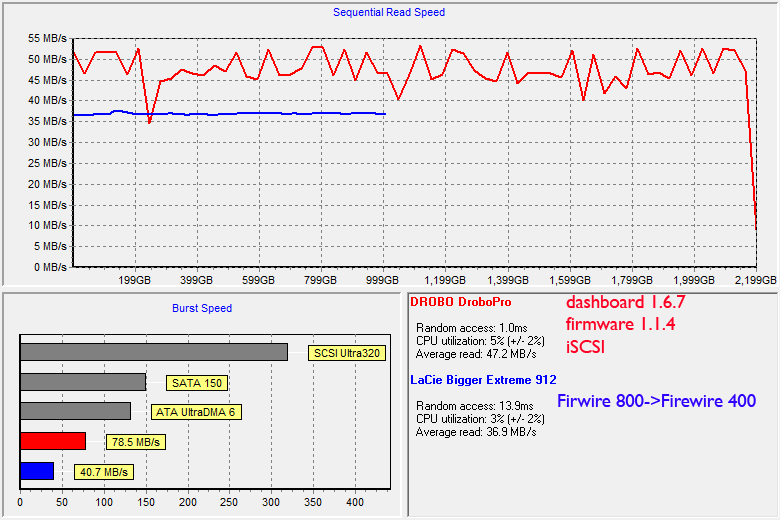

- USB 3 TRANSFER RATE FASTER THAN SATA SERIAL
- USB 3 TRANSFER RATE FASTER THAN SATA UPGRADE
- USB 3 TRANSFER RATE FASTER THAN SATA ISO
The USB-based KE31B SSD did slightly worse with sequential speeds at 400 MB/s and random speeds at 150 MB/s.īecause of the superior throughput of the PCIe 3.0 x4 interface, the PX3480 SSD outperformed the other two SSDs by a respectable margin. Random 4K operations were reasonable at around 300 MB/s.
USB 3 TRANSFER RATE FASTER THAN SATA SERIAL
Universal Serial Bus (USB)Įveryone should be familiar to the USB interface, as it is used for all kinds of devices, such as mice, keyboards and flash drives. A SSD usually uses either two (x2) or four (x4) lanes, which equals to about 1.97 GB/s and 3.94 GB/s respectively. For 3.0, a single lane has a maximum bandwidth at 8 GT/s or 7.88 Gbps (~985 MB/s). Unlike SATA, the connector also delivers power.Ĭurrently, PCIe 3.0 standard is the most dominant version, while PCIe 4.0 is coming soon. In the past few years, manufacturers start making SSDs in M.2 and Add-in card (AIC) form factors, that uses PCIe and newer NVMe protocol to transfer data.

Depending on your device and usage, you will have link width from one to 32 lanes. It uses multiple parallel data links to achieve higher throughput. PCIe is the successor to the older PCI bus standard, specifically designed for expansion cards and graphics cards. Peripheral Component Interconnect Express (PCIe) The SATA cable only handles data transfer, and power requires a separate cable. Its maximum bandwidth varies from 1.5 Gbps (~150 MB/s) up to 6 Gbps (~600 MB/s). There are several revisions over the years, but the latest iteration is the SATA 3. It was originally designed for slower mechanical hard drives. SATA is the most widespread storage interface in the world, which can be seen in both SSDs and HDDs. There are SSDs with different interfaces on the market, such as PCIe, SATA and USB, but which of them is the best choice?ĭifferences and Theoretical Bandwidth Serial ATA (SATA) Comparing with traditional HDDs, SSDs offers significantly better performance, especially on random read/write operations. For more information, please visit ECS at NAND flash technologies becoming more mature and advance in recent years, solid-state drives are now much more affordable and capable.
USB 3 TRANSFER RATE FASTER THAN SATA ISO
ECS also has ISO 9001, ISO 14001 and QC080000 certified manufacturing facilities in China. Today, ECS also designs and manufactures desktop PCs, notebooks, servers, motherboards, video cards, wireless solutions and handheld devices for global market. Compared to on-board chip solution ECS U3N2 / S6M2 expansion cards provide the best flexibility without compromising PCI-E bandwidth.Įlitegroup Computer Systems (ECS) has been a pioneer in designing and manufacturing computer motherboards since 1987.
USB 3 TRANSFER RATE FASTER THAN SATA UPGRADE
Performance-hungry users enjoy high-speed SATA 6Gbps benefits when data transferring.ĮCS U3N2 and S6M2 PCI-E x1 expansion cards are both compatible with PCI-E x4, x8, and x16 slots for easy upgrade the existing motherboards. ECS U3N2 USB 3.0 expansion card provides a great flexibility with its backward compatibility to USB 2.0 and earlier devices.ĮCS S6M2 SATA 6Gbps expansion card employs Marvell SATA 6Gbps controller chip to access the new generation SATA 6Gbps system storage for an incredible productivity.

That is 10 times faster than USB 2.0 and at least 900mA current output for each port to access high-speed external devices. Taipei, Taiwan, Janu– Elitegroup Computer Systems (ECS), a leading motherboard, graphics card, barebone system and notebook manufacturer, today announced USB 3.0 and SATA 6Gbps expansion cards U3N2 and S6M2 as the most flexible solution for upcoming external devices.įrom Mega to Giga Transfer Rate by ECS U3N2ĮCS U3N2 USB 3.0 expansion card is powered by NEC USB 3.0 controller chip to deliver a new standard SuperSpeed USB 3.0 performance up to 5Gbps data-transfer rate.


 0 kommentar(er)
0 kommentar(er)
